As an IBS dietitian I am constantly telling my patients about the benefits of fibre! With that I am also constantly being asked “what is your favourite type of fibre?” Let’s talk all about the different types of dietary fibre and which types might be better tolerated for IBS patients.
What’s your favourite type of fibre?
When we typically think of fibre, we think of:
✅soluble – (dissolves – think the soft parts of fruit & veg)
✅insoluble (‘roughage’ – think of the fibrous parts).
But as a gut health dietitian, I ALSO think about FERMENTABILITY
Fermentability is the ability of a fibre to be broken down by our gut microbes (after all, we don’t digest it ourselves!)
Why does fermentation matter?
While fermentable fibres help to feed our gut microbes, large amounts rapidly fermentable fibres can be a culprit in IBS! (after all – the ‘F’ in FODMAP’s stands for fermentable!)
Highly fermentable fibres include:
- Fructooligosaccarides
- Galactooligosaccarides
- Inulin
Highly fermentable fibre sources include:
- onion
- garlic
- pulses (beans, peas, lentils)
- fibre boosters (inulin, chicory root)
Moderate to slower fermenting fibres include:
- resistant starch
- pectin
- guar gum
- psyllium
- oat fibre
Moderate to slower fermenting fibre sources include:
- cooked cooled pasta, rice, potato
- firm bananas
- oats
These types of fibres may be better tolerated for someone who experiences more gas & pain related to IBS!
No Really, what’s your favourite type of fibre?
⁉️Which is your favorite fibre for IBS and why is it psyllium? 💩
Ok ok I DO have several favorite fibres for IBS, but I have a special bond with psyllium.
Psyllium for IBS
STORY: When I was diagnosed with IBS, the doctor told me to take psyllium. I thought it was silly – I ate enough fibre I didn’t need more! 💁 So… I tried a dose or two and gave up. When I went back to see the doctor, he asked if I was taking it, and I said ‘I tried it and it didn’t work’. He followed it up with a brilliant question: “how are you taking it?” My answer (as I turned bright red) 🥴 “I guess I only tried it twice and then gave up”.
I see lots of people feel the same way toward a fibre supplement – why would I need it? I eat enough fibre! Or… its just fibre, how could it actually help my IBS?
What is psyllium?
✨Well, psyllium is pretty magical – it’s like the great regulator – helping with both constipation an diarrhea. It can soften stool, and soak up extra water and bile acids that could contribute to diarrhea. I like to say it brings people to the middle!
✨Psyllium is a soluble viscous fibre made from the husks of the Plantago ovata plant (it’s gluten free, for those with celiac, just be sure to check the label of each product for ingredients!)
✨It is minimally fermented, which means it shouldn’t contribute much to gas and bloating. However, it’s important to introduce extra fibre into your diet slowly, as introducing it too quickly can lead to gas and bloating.
Is psyllium low FODMAP?
✨Luckily, psyllium is considered low FODMAP! Starting with 1 heaping tsp once a day is a great place to start to get your bowels functioning more regularly. If you don’t like drinking psyllium, try adding it to a smoothie or mixing it into your oatmeal!
Have you tried psyllium? Thoughts?
What about partially hydrolyzed guar gum (PHGG)? 🧐
Ok – I said previously, psyllium was my favorite fibre. But my favorite fibre is kind of like my list of best friends – I have more than just one! 👯♀️
Partially hydrolyzed guar gum (PHGG) is one of my go-to’s – and it has some winning characteristics that often make it a good fit for those that don’t tolerate psyllium!
What is partially hydrolyzed guar gum (PHGG)?
Guar gum is a gel-forming galactomannan derived from the Cyamposis tetragonolobus plant. Guar gum is widely used in the food industry as a thickener and emulsifier. However, because of its high viscosity, guar gum can be difficult to incorporate into food and beverages.
✨Enter PHGG. An enzyme is used to hydrolyze the guar gum into a low viscosity, water-soluble compound. Simply put, PHGG doesn’t thicken, and dissolves into water, making it a LOT more palatable than psyllium!
✨In IBS management, studies have shown that PHGG can help manage diarrhea, constipation, bloating and abdominal pain. Talk about fibre powerhouse!
Is partially hydrolyzed guar gum low FODMAP?
✨While not a FODMAP. PHGG has also been shown to have prebiotic properties – meaning it can be fermented by our gut bacteria. When the bacteria digest the fibre, they produce compounds that provide fuel for our intestinal cells and support the growth of beneficial microbes. PHGG has been shown to promote growth of beneficial bacteria such as Lactobacilli and Bifidobacteria – this is one possible mechanism in which it could help IBS patients.
Plus, since the low FODMAP diet is low in fermentable carbohydrates, but appears to be well tolerated in IBS – the bonus is it can help to fuel your gut microbes at a time where they may be underfed! 👌🏼
Have you tried PHGG for IBS? What did you think?

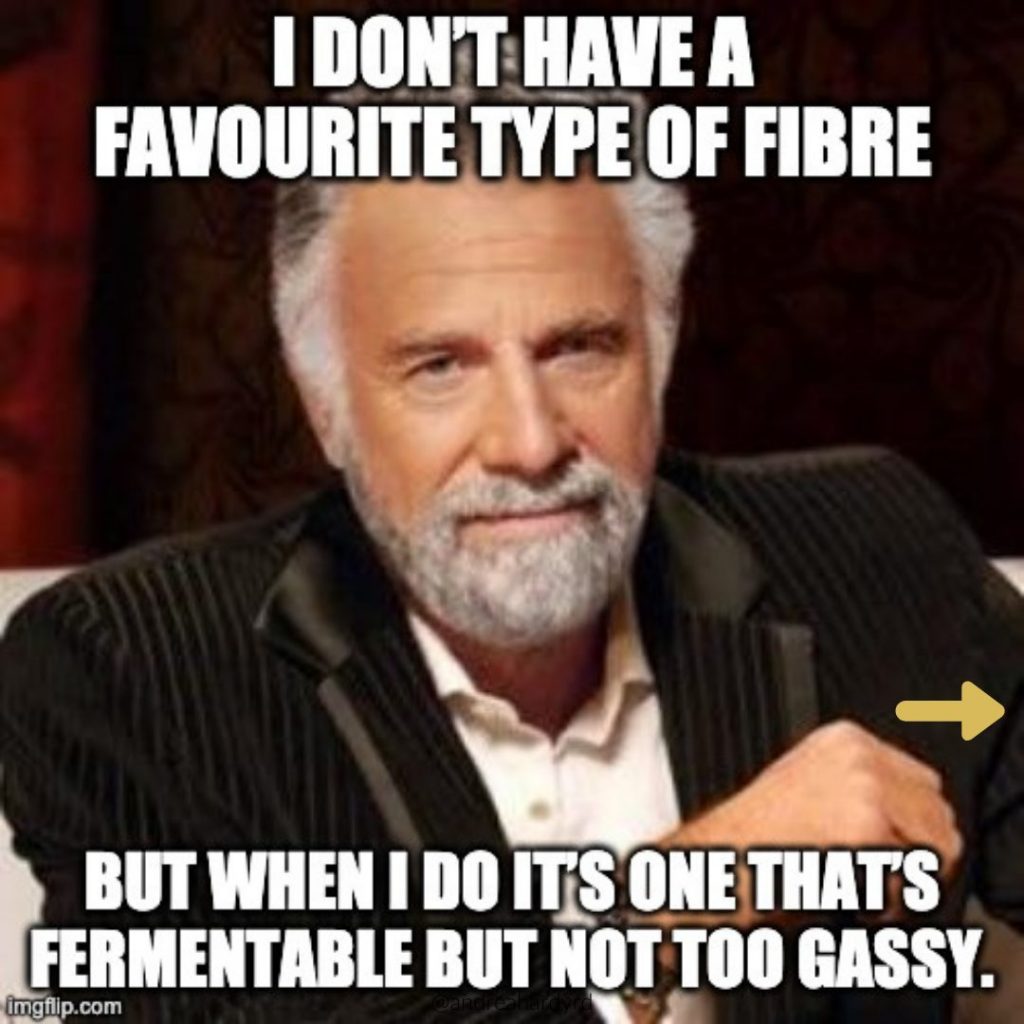
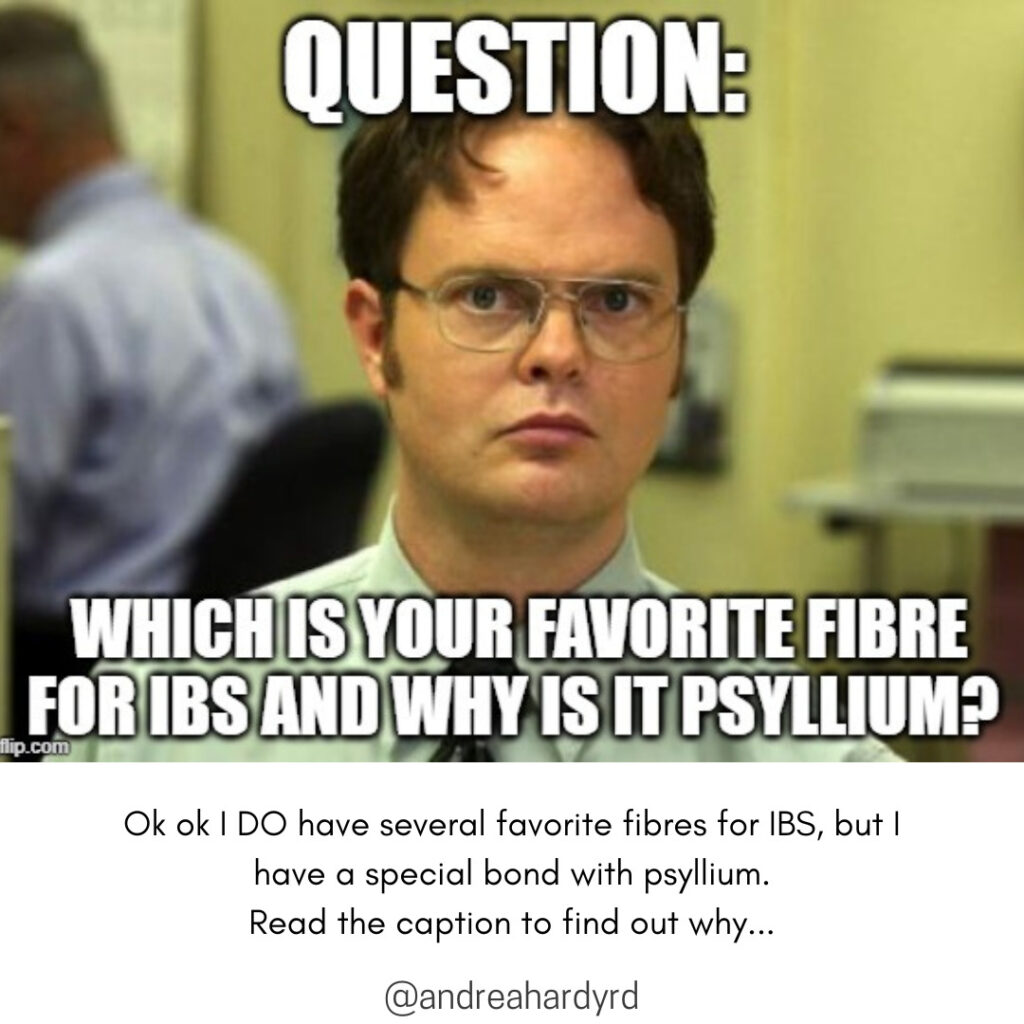
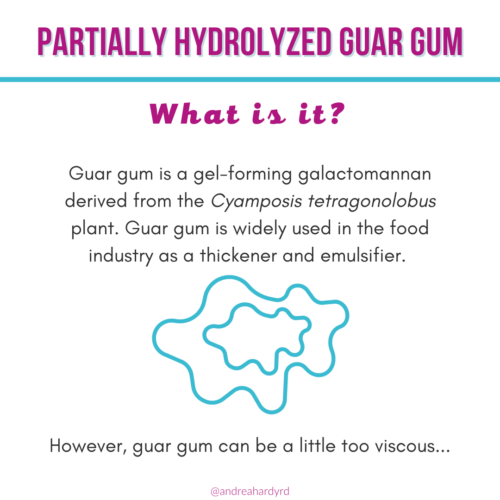
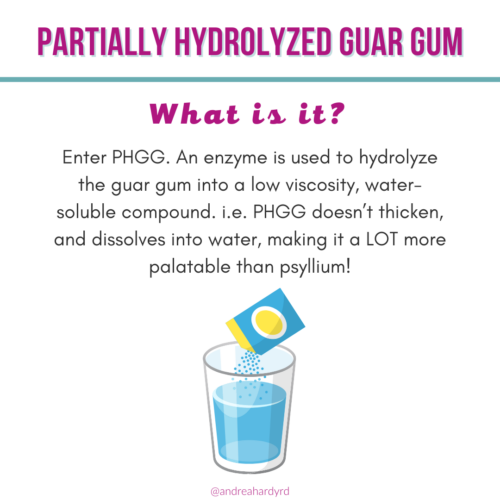
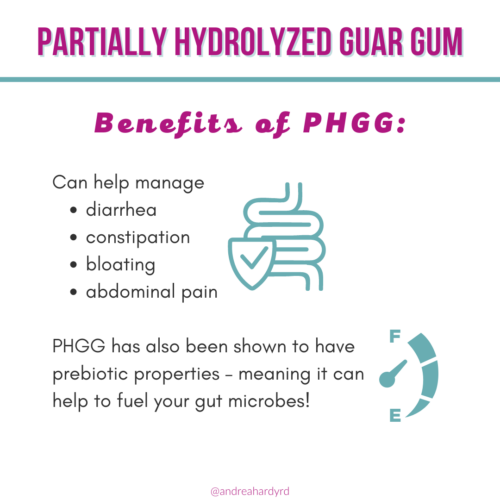
Recent Comments